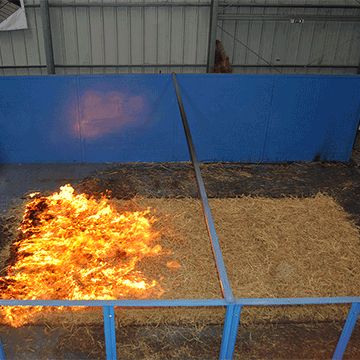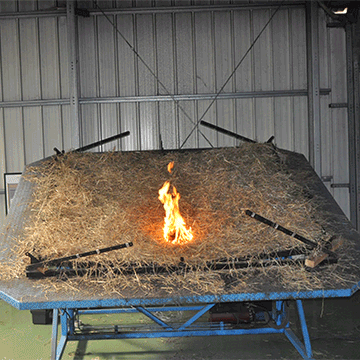Justification
The fires that devastated Portugal in 2017, were outstanding for several reasons: they caused more than 112 deaths, destroyed hundreds of houses and companies and more than 500 thousand hectares, establishing absolute records of fire-induced destruction in the country. Among other requests made by society there is the need of producing a better knowledge on the role of meteorology on the extreme behaviour in such fires, that may be incorporated in decision support tools and transferred to operational decisions and may help save lives.
Ongoing climatic changes have created more frequent drought and heat wave conditions that trigger the occurrence of Extreme Wildfire Events (EWE). We intend to look at historical data on fire occurrence in Portugal and identify the conditions that lead to EWE and to define methods to predict them in space and in time and provide an early warning to the authorities and population.


